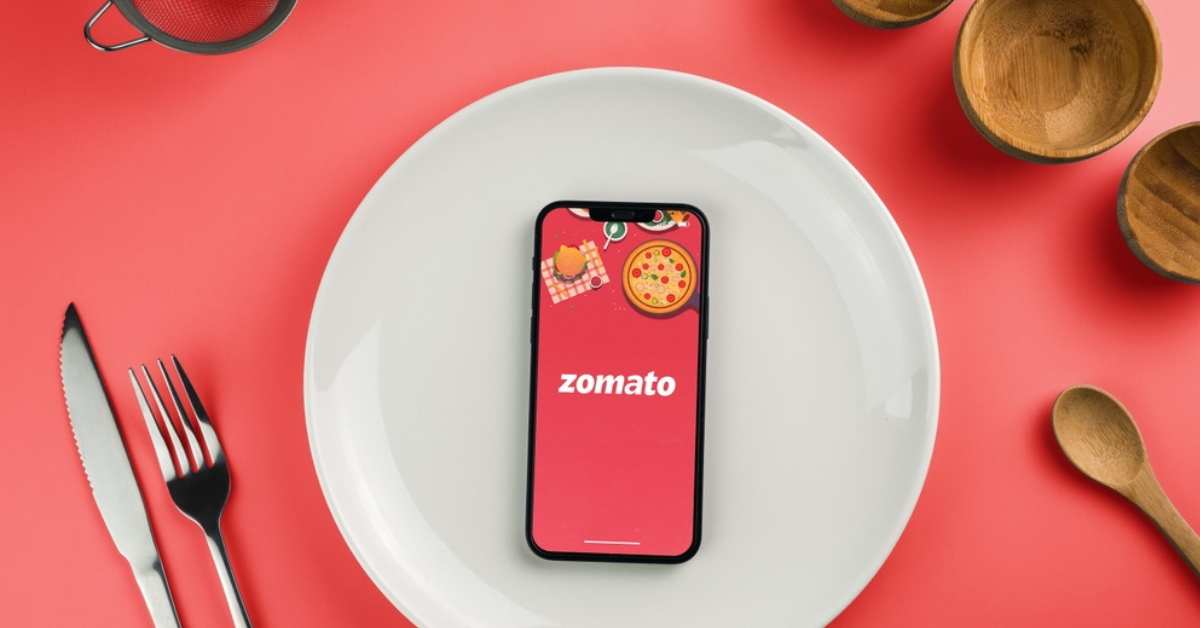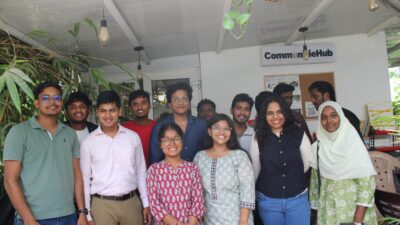In the bustling offices of Bain & Company in New Delhi, 2008, two young consultants – Deepinder Goyal and Pankaj Chaddah – noticed an interesting pattern. Their colleagues would frequently crowd around a single computer, squinting to read PDF menus of nearby restaurants. This simple observation sparked an idea that would revolutionize India’s food tech landscape, though the journey would be far from smooth.
The Humble Beginnings (2008-2010)
What began as “Foodiebay” in Goyal’s apartment was essentially a digital menu aggregator. The founders personally visited restaurants to collect menus, which they scanned and uploaded. Early challenges were daunting:
- Manual data collection meant visiting 30-40 restaurants daily
- Server costs were eating into personal savings
- Restaurant owners were skeptical about digital menus
The first breakthrough came when they noticed traffic doubling every 2 months organically. By 2010, they had:
- 3,000+ restaurant listings across Delhi NCR
- 100,000 monthly active users
- Rebranded to Zomato to avoid confusion with eBay
The Valley of Death (2011-2014)
The growth came with brutal challenges:
- Funding Winter:
- Faced 27 investor rejections
- Survived on $1M from Info Edge (2010) for 3 years
- Operated without clear revenue model until 2012
- International Expansion Struggles:
- Lost $2M in failed UAE launch (2012)
- Cultural missteps in Poland and Czech Republic
- Realized global playbook needed localization
- Talent Crisis (2014):
- 300 employees (40% workforce) quit over valuation doubts
- Had to pause hiring for 6 months
- Implemented ESOPs to retain talent
The Near-Death Experience (2015-2016)
The darkest period came during hypergrowth:
- Burnt $60M in 9 months expanding to 23 countries
- Cash runway reduced to 3 months
- Laid off 300 employees (10% workforce)
- Shut down operations in 9 countries
Founder Deepinder Goyal later admitted: “We were trying to boil the ocean. Our metrics looked great, but unit economics were terrible.”
The Phoenix Moment (2017 Onwards)
The turnaround strategy had four pillars:
- Monetization Innovation:
- Launched Zomato Gold (2017) – 150,000 subscriptions in first year
- Introduced advertising for restaurants
- Developed proprietary payment gateway
- Operational Discipline:
- Reduced burn rate from $15M to $3M/month
- Exited unprofitable markets
- Automated restaurant onboarding
- Strategic Acquisition:
- Bought Uber Eats India (2020) for $350M
- Gained instant 27% market share boost
- Consolidated kitchen infrastructure
- Diversification:
- Zomato Pro (2019) for frequent users
- Hyperpure (B2B supplies)
- Blinkit (quick commerce) acquisition
By the Numbers Today
- 75 million MAUs across 25 countries
- $1 billion annual revenue (FY23)
- 350,000+ restaurant partners
- First profitable quarter (Q1 2023) after 15 years
Lessons from the Trenches
- Survival First: “Being alive is a feature,” as Goyal often says
- Unit Economics Matter More Than Growth: Learned this the hard way
- Culture is Scalability: Rebuilt team ethos after 2014 exodus
- Pivots Are Inevitable: From menus to delivery to ecosystem
Zomato’s story isn’t just about food delivery – it’s a masterclass in entrepreneurial resilience. From nearly collapsing in 2016 to its landmark IPO in 2021 (India’s largest tech listing then), the company proved that even the rockiest paths can lead to spectacular destinations if you have the stomach to endure them.
As Goyal reflected in a 2022 interview: “Our biggest advantage was that we made every possible mistake early. By the time competitors emerged, we had already paid our tuition fees to the school of hard knocks.” This hard-won wisdom continues to guide Zomato as it ventures into new frontiers like quick commerce and farm-to-fork logistics, staying true to its original mission – changing how India eats, one lesson at a time.





